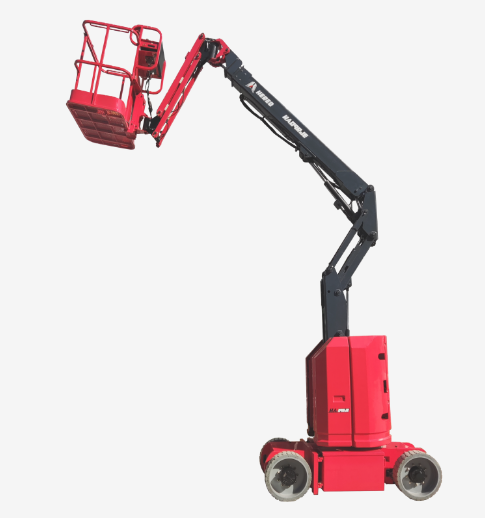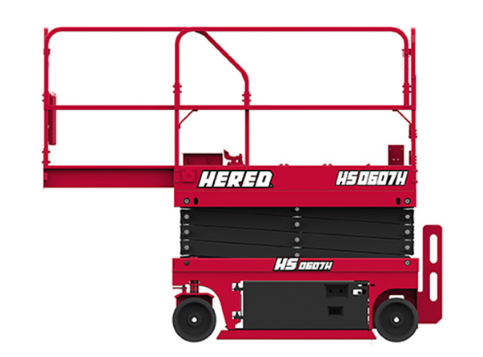Boom lifts and scissor lifts are two essential pieces of equipment widely used in construction, maintenance, and various industries requiring elevated access. Each type has its unique features, making them suitable for different applications. Understanding their differences and functionalities is crucial in selecting the right equipment for a particular task.

Boom lifts, also known as cherry pickers or aerial work platforms, are versatile machines designed to provide vertical and horizontal reach at height. They consist of a hydraulic lifting system attached to an extendable arm, often with a platform at the end. This allows for precise positioning in multiple directions.
1. Articulating Boom Lifts: These have multiple hinged sections that enable them to maneuver around obstacles and reach up and over objects. They are ideal for accessing difficult-to-reach areas.
2. Telescopic Boom Lifts: These have straight, extendable arms that provide great horizontal reach at height. They are better suited for tasks that require reaching farther distances without obstruction.
- Versatility: Boom lifts offer both vertical and horizontal reach, making them suitable for tasks requiring flexibility in positioning.
- Height and Reach: They excel in accessing elevated areas, reaching higher compared to scissor lifts.
- Maneuverability: Articulating boom lifts can navigate around obstacles due to their segmented design.
- Construction: Ideal for tasks requiring outreach, such as roofing, painting tall structures, or installing overhead utilities.
- Film Production: Frequently employed in the film industry for capturing aerial shots due to their adaptability and precise movement capabilities.
- Tree Trimming: With their ability to reach heights and maneuverability, Boom Lifts are indispensable for arborists and landscapers.

Scissor lifts are elevated platforms supported by a folding crisscross mechanism, which extends vertically when activated. They provide a stable and level platform for working at height but typically offer limited outreach compared to boom lifts.
- Electric Scissor Lifts: Powered by electricity, these lifts are suitable for indoor use due to their quiet operation and zero emissions.
- Rough Terrain Scissor Lifts: Fitted with robust tires suitable for outdoor and uneven surfaces, these lifts offer enhanced stability on rough terrain.
- Stability: Scissor lifts provide a stable platform, making them ideal for tasks requiring heavy tools or equipment.
- Vertical Lifting: They excel in vertical lifting, offering a larger work platform compared to boom lifts.
- Platform Capacity: Scissor lifts often have a higher weight capacity compared to boom lifts.
- Warehouse Operations: Perfect for stocking shelves, picking items at varying heights, or maintenance work within warehouses.
- Installation Work: Precise vertical movement makes them suitable for indoor installations, including lighting, ductwork, and electrical fixtures.
- Maintenance: Commonly used for routine maintenance tasks in commercial buildings and facilities.
- Height and Reach Requirements: For tasks needing greater height and outreach, a boom lift is preferred.
- Stability and Platform Size: Scissor lifts are more suitable when stability and a larger working platform are crucial.
- Terrain Consideration: Rough terrain jobs might require specialized rough terrain scissor lifts for stability and maneuverability.
In the perpetual debate of Boom Lifts vs Scissor Lifts, both stand as indispensable assets in their respective domains. The decision hinges on the nature of the task, space constraints, reach requirements, and financial considerations. Understanding the distinctive features and optimal use cases of each lift type empowers businesses to make informed decisions, maximizing efficiency and safety in their operations.